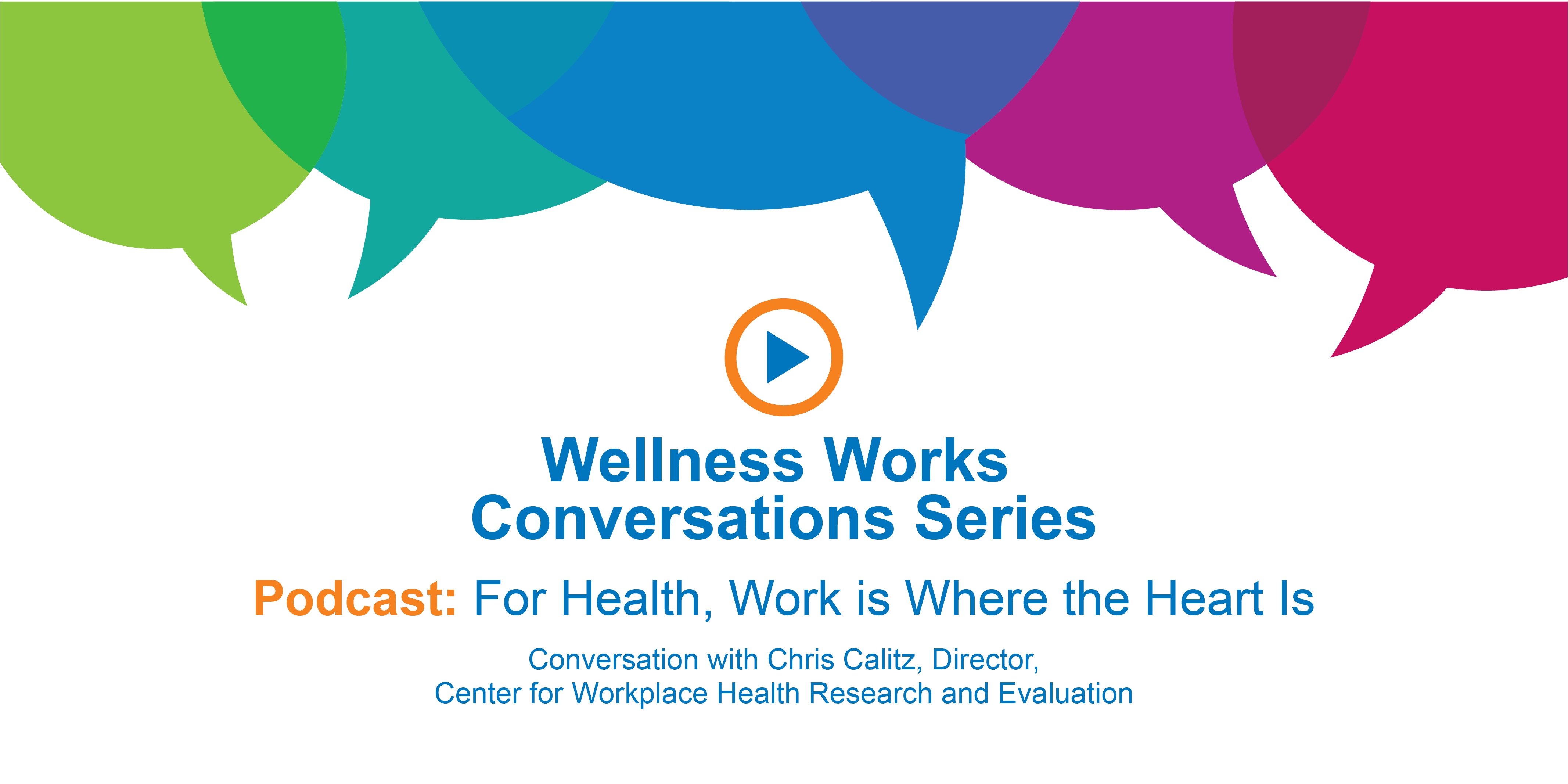Transparency is extremely important to us, so we are letting you know that we may receive a commission on some of links you click on from this page. See our disclaimer.
Last week we reported how the CDC Foundation's latest issue of Business Pulse outlines how the “CDC is partnering with businesses, health insurance plans and doctors to help improve health and control healthcare costs for conditions including tobacco use, high blood pressure, diabetes, asthma and healthcare-associated infections.”
As part of the report, they spoke with Laura Seeff, M.D., director of CDC’s Office of Health System Collaboration, Office of the Associate Director for Policy. She answered questions about “how employers can lower costs and boost employee productivity.” Excerpts include:
From CDC’s perspective, what are some interventions that can help organizations like mine have the greatest health impact and control costs?
“While there are a number of interventions businesses can implement to control costs and improve health, CDC suggests focusing on interventions to prevent and control common high-risk conditions that impact large numbers of employees, such as tobacco use, high blood pressure and diabetes. Other examples of conditions that can potentially affect many employees or their families include healthcare-associated infections and asthma.”
“We know that organizations that implement interventions like those CDC is prioritizing can improve health outcomes and control healthcare costs in less than five years. We are currently collaborating with public and private health insurers to implement some of these interventions, as well as exploring how to implement them more broadly.”
“CDC wants to collaborate with businesses like yours to provide the evidence you need to implement these interventions. For example, what tools will you need to deliver these interventions? How can we most effectively educate business leaders like you on the impact these interventions can have on the health of your employees? CDC welcomes your thoughts and suggestions in these areas.”
What are some first steps my organization can take to control costs and improve quality related to health conditions?
“First, get to know more about what your employees need and how your business contributes to your employees’ health. Which health issues commonly affect your employees? Where are there gaps in coverage?”
“The health benefits your business provides obviously have considerable influence on your employees and their families outside the workplace. CDC offers several great starting points for businesses that want to expand healthcare services and contain costs, targeting health conditions that you are likely already trying to address with your employees. Consider reviewing whether these evidence-based interventions are included in your employees’ health benefits packages. If not, explore how your health plans could include them. Educate your employees about covered interventions, and share proven ways to control health conditions like asthma, diabetes and high blood pressure. Finally, encourage your health plans and healthcare providers to learn about the importance of offering these health interventions to your employees.”
Why is CDC focusing on specific interventions, and how will this approach improve the health of my employees?
“CDC is targeting common conditions with widespread impact on individuals and communities across the United States. We assembled the strongest scientific evidence and consulted with experts across the healthcare spectrum, selecting specific, proven interventions that can quickly improve people’s health. Our focus is on how to best improve the access, availability and use of high-quality healthcare services to prevent or control these common health conditions.”
“As an example, smoking costs the United States more than $300 billion a year, including nearly $170 billion in direct medical care and more than $156 billion in lost productivity. Employers can reduce tobacco use and improve employee health by providing support and access to comprehensive cessation treatments to help employees stop smoking. Or consider that medical costs for people with diabetes are twice as high as for people without diabetes. And while 29 million people have diabetes already, 86 million have prediabetes. Without lifestyle changes to improve their health and reduce their risk of developing diabetes, 15 to 30 percent—or 12.9 to 25.8 million people with pre-diabetes—will develop type 2 diabetes within five years. To avert the high costs and health toll of diabetes, we encourage efforts to prevent diabetes, through increased screening to identify those with pre-diabetes, and through expanded access to the National Diabetes Prevention Program to help them make lifestyle changes to prevent or delay type 2 diabetes.”
“By putting interventions like these into practice, your organization will benefit by maintaining a healthier, more productive workforce—and by preventing or controlling these conditions, may avoid associated healthcare costs.”




0 Comments